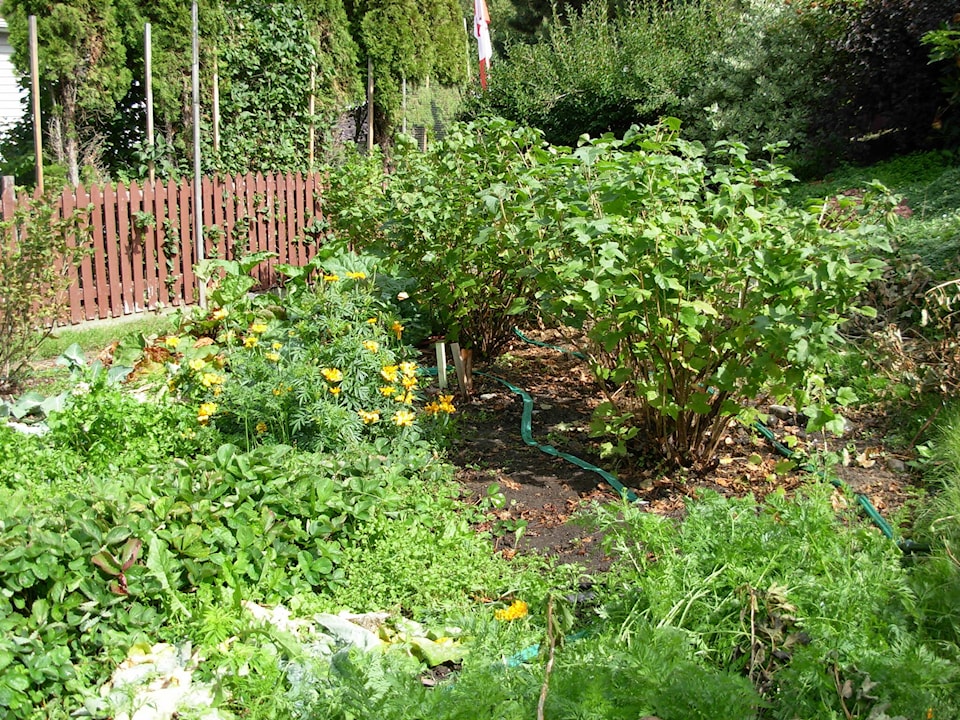I have been out of town for a few days. When I got back I inspected the raspberry patch, out of habit, not with any expectation of finding any berries, but to my surprise, there were several. So, my last watering paid off.
Also, the all-season cauliflower plants had a surprise. The last plants had started setting heads. I watered the plants before my departure.
The last day before leaving, I picked the red and black currants. I rinsed, dried, and froze them all using cookie sheets. I found out it only takes about an hour in the refrigerator freezer before I was able to transfer the berries into a ziplock bag.
I pruned the bushes as I was picking. It makes it easier to see the berries
For those who have evergreen shrubs or hedges, take the time, before the wet weather starts, to trim them up to prevent damage from the weight of the snow.
I wrote last week about buying spring bulbs for indoor blooming. After planting the bulbs, keep the containers in a cool dark place until you see some leaves. It is then time to turn on a growth light but keep the planters in the same spot.
After the buds appear, move the plant container to a room for your enjoyment. To keep them blooming longer, put them in a cool room at night.
Another idea just came to mind. My mom used to start spring bulbs in our living room. In this case, hyacinths. She used a clear narrow-neck glass vase which she filled with water. Then she placed a hyacinth bulb on the top and placed a cone made of cardboard over the top to keep it dark.
It was then placed on a windowsill. The evaporating water would moisten the bulb, which would then send out roots into the water. Then the bulb would produce leaves and finally a bud. At that time, the cover was removed.
Someone asked me a question regarding cutting back plants like bleeding heart, peonies, dahlias, and tuberous begonias. They might look a bit rough after flowering but the best time to prune them is after we have had the first frost.
The reason behind this is that the roots and tubers are still getting energy for next year’s flower show. When we have had the first frost and the tops turn yellow, just cut the tops off between six to eight inches from the ground and leave until next spring.
If you cut those plants back while green, the plant and flowers will get smaller next year. I would like to do a recap on fall care for the tuberous begonias. It is essential not to dig them up until the top has nearly withered because those tubers are still growing and multiplying at that time.
If you have questions or suggestions for topics, please email me at e.jacobsen85@yahoo.com.
editor@interior-news.com
Like us on Facebook and follow us on Twitter
